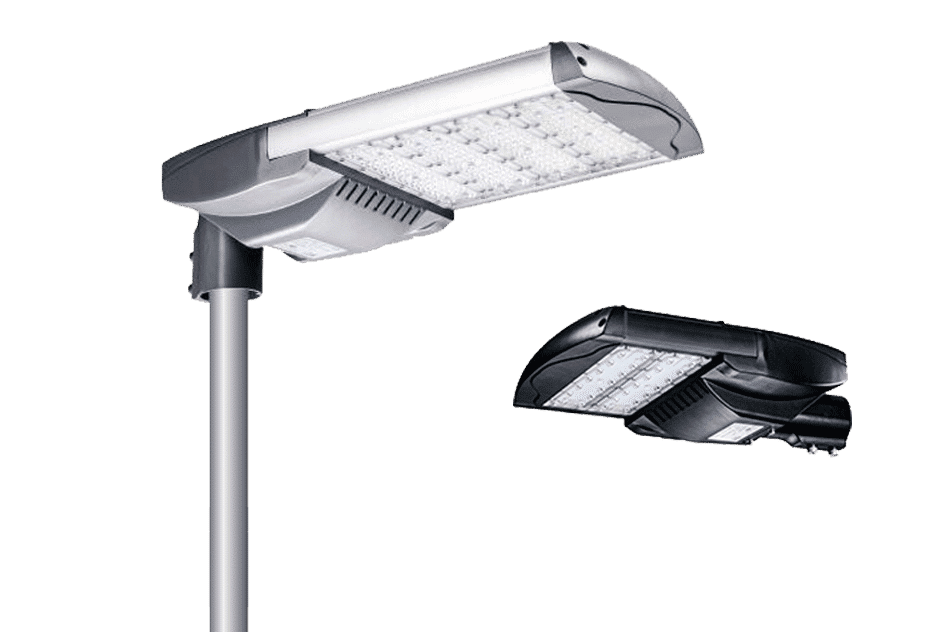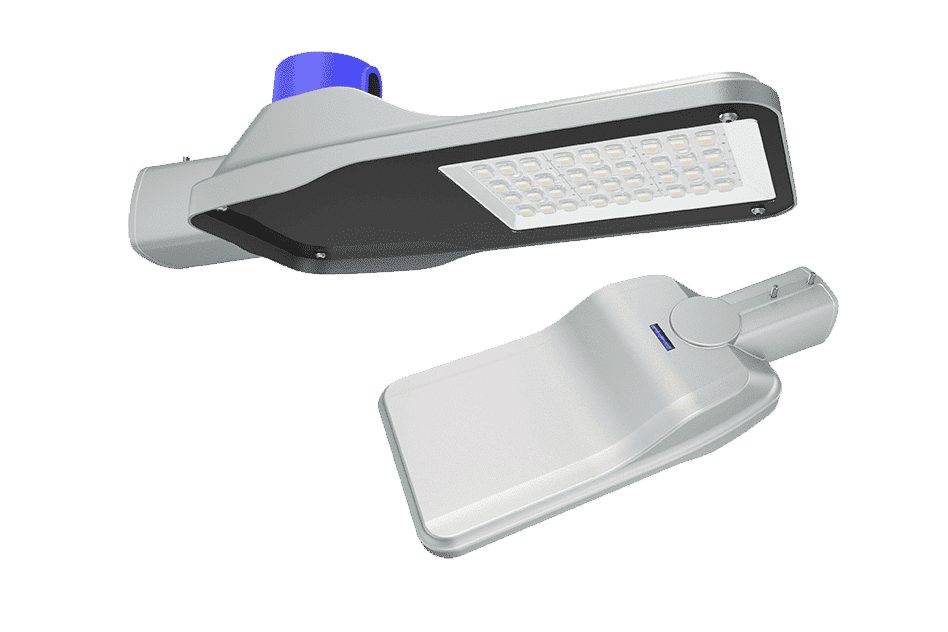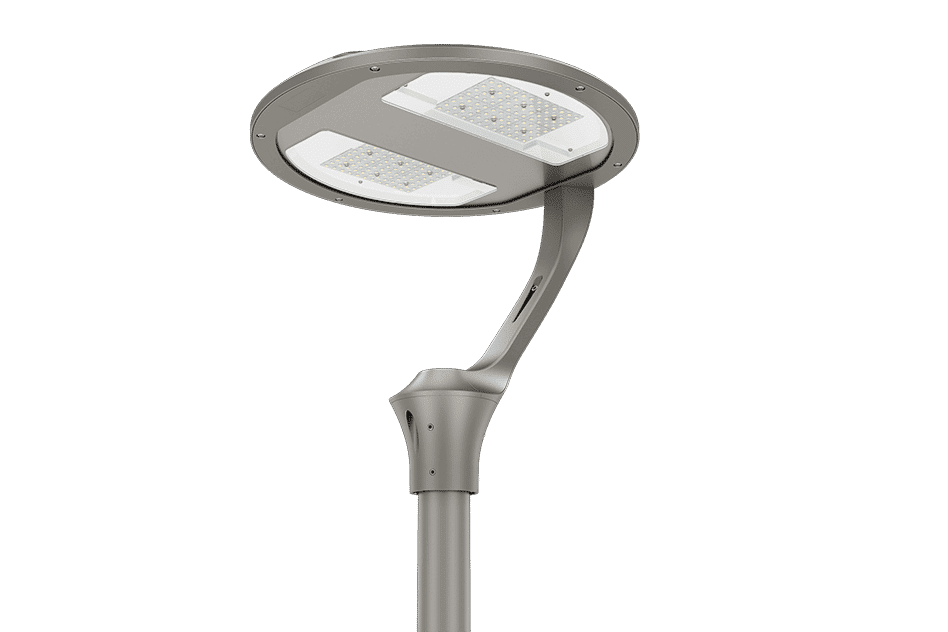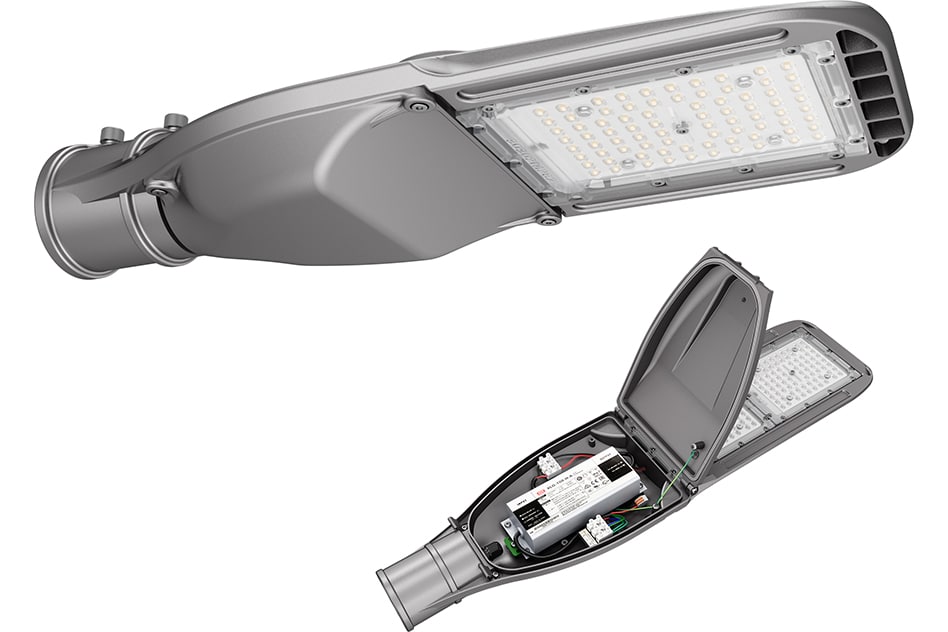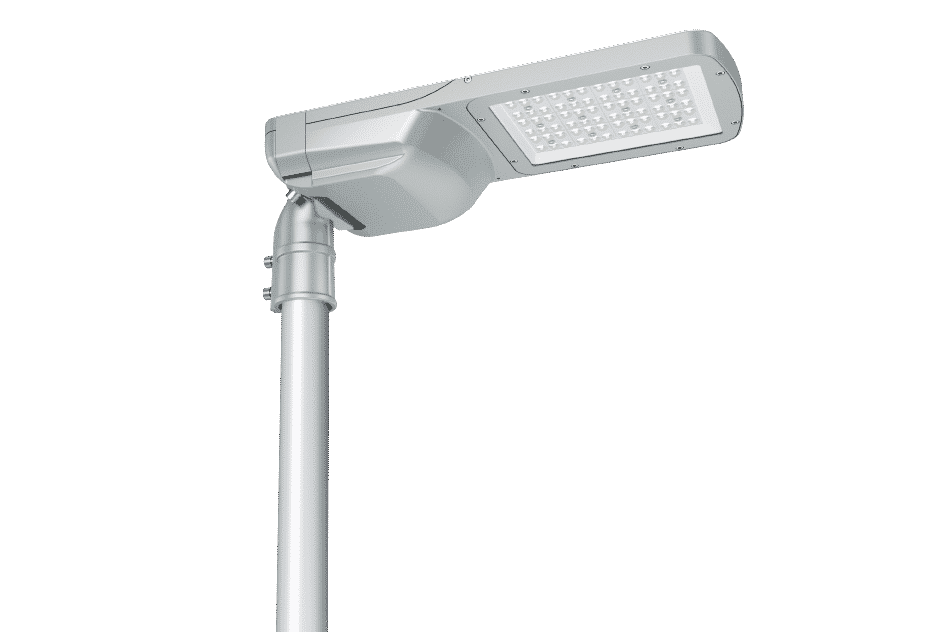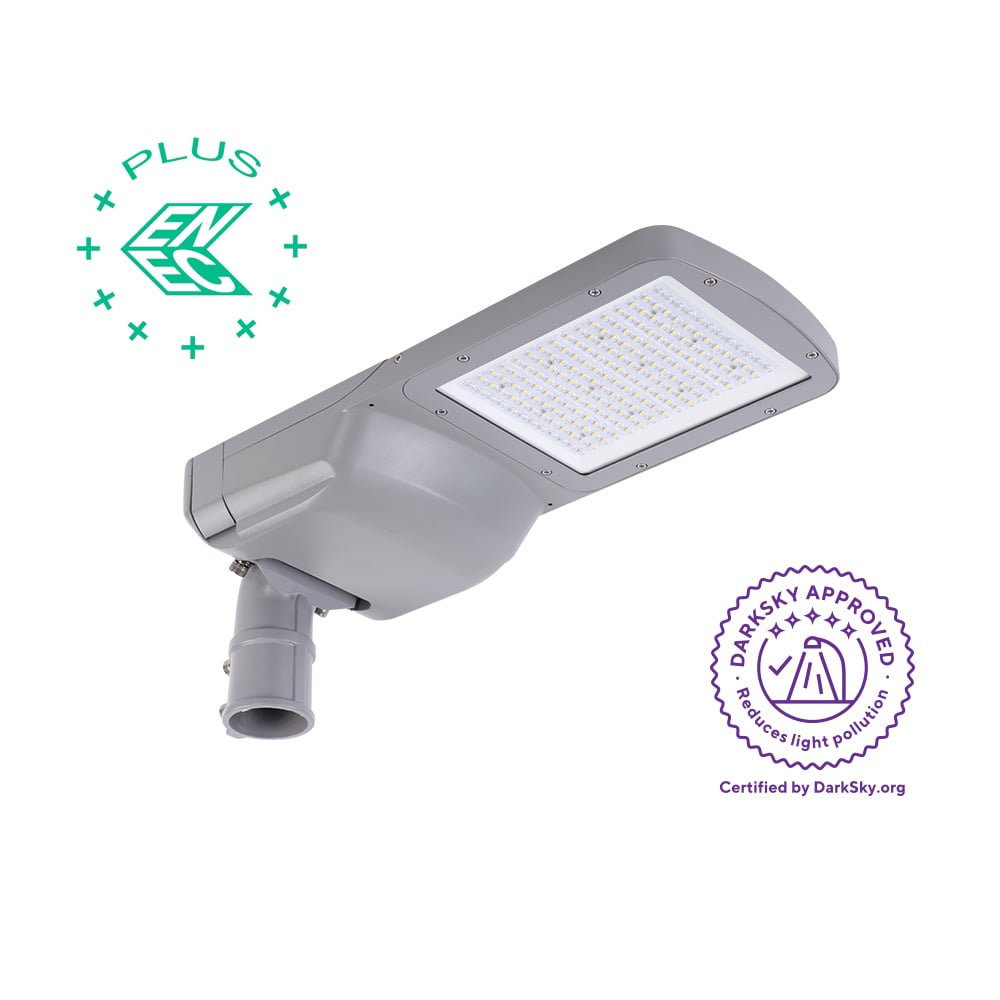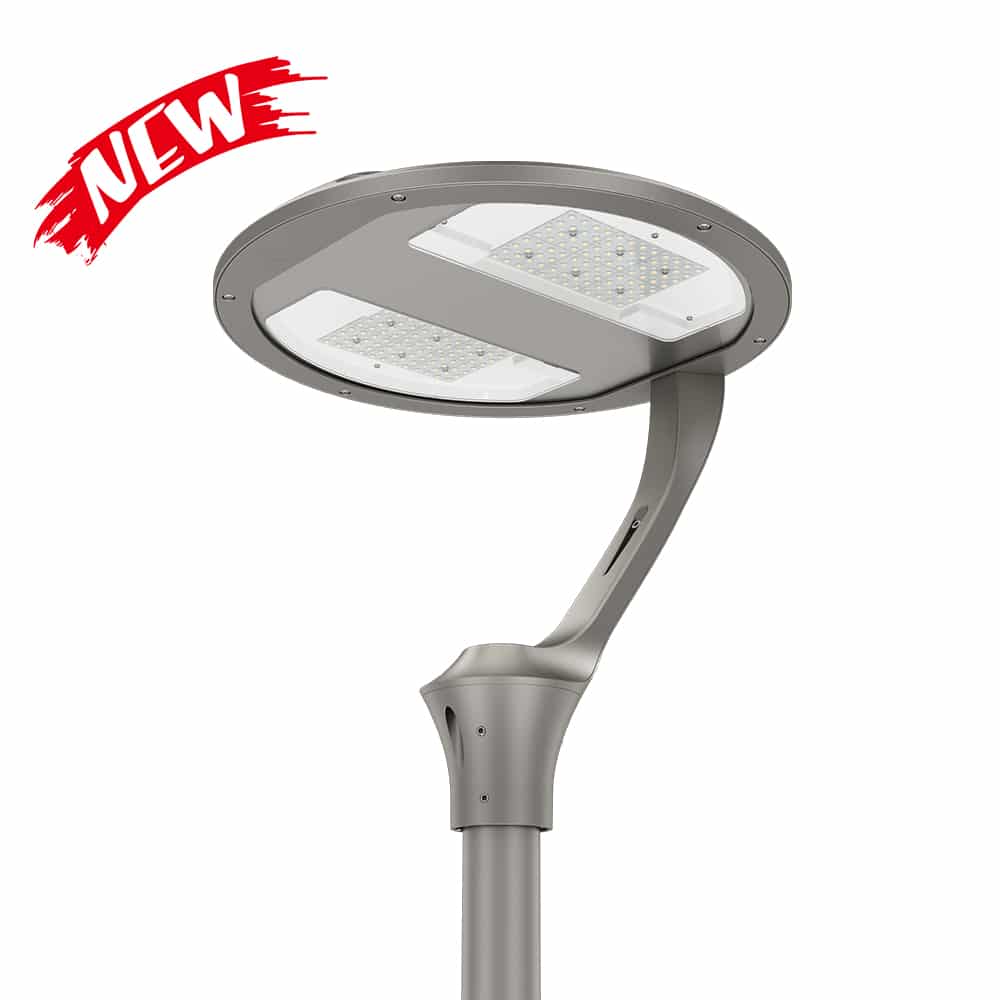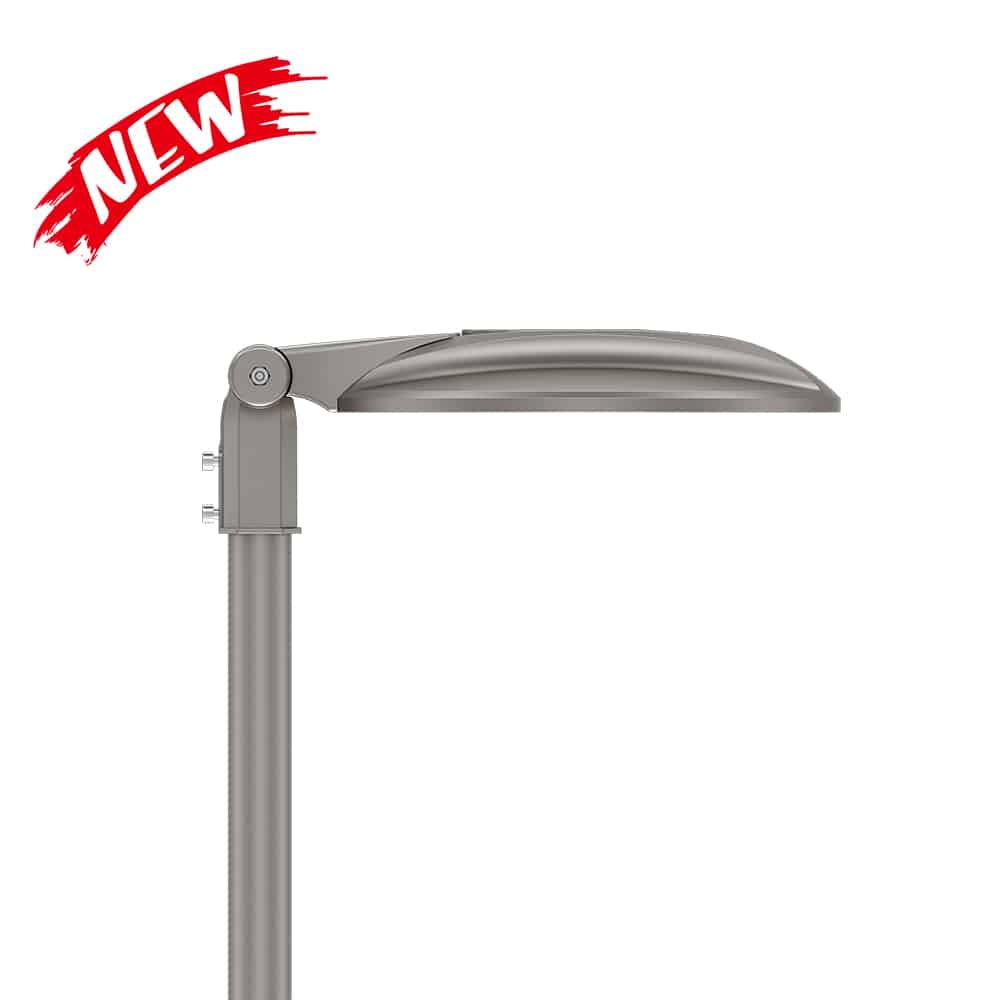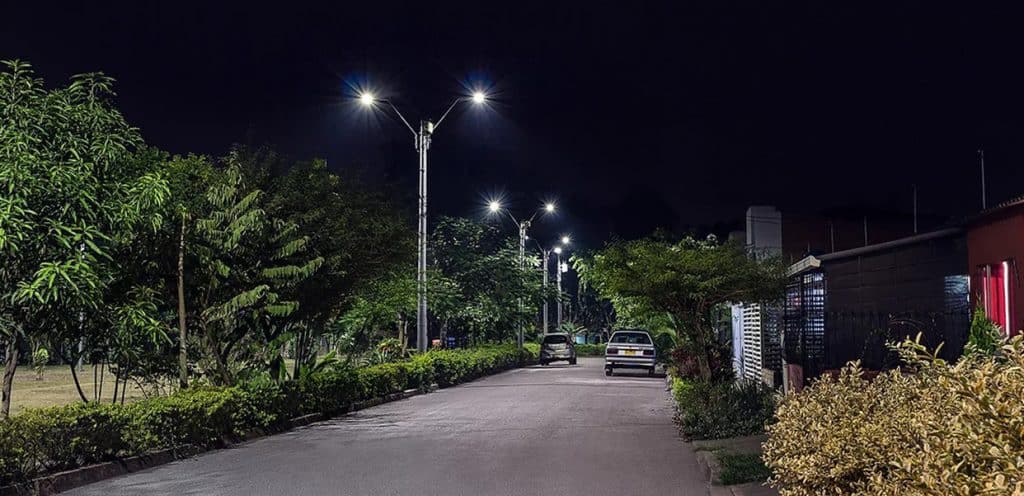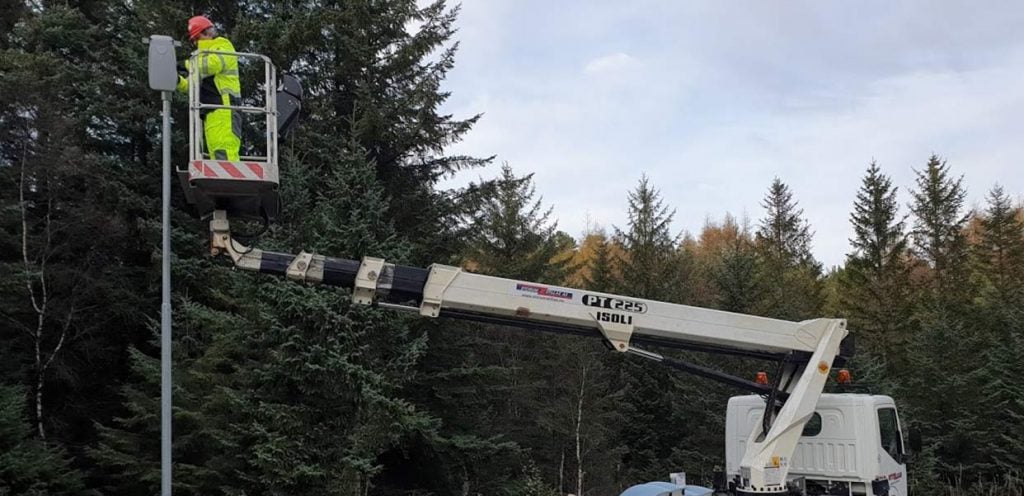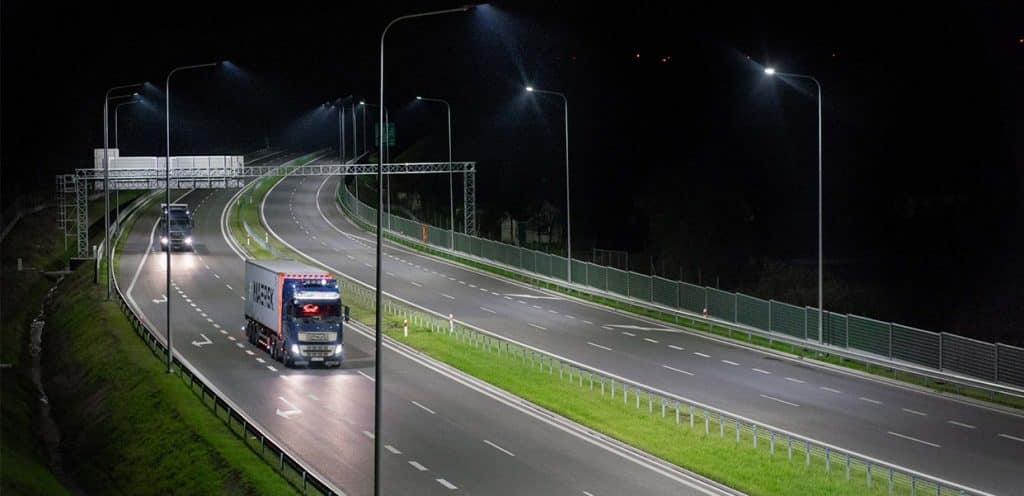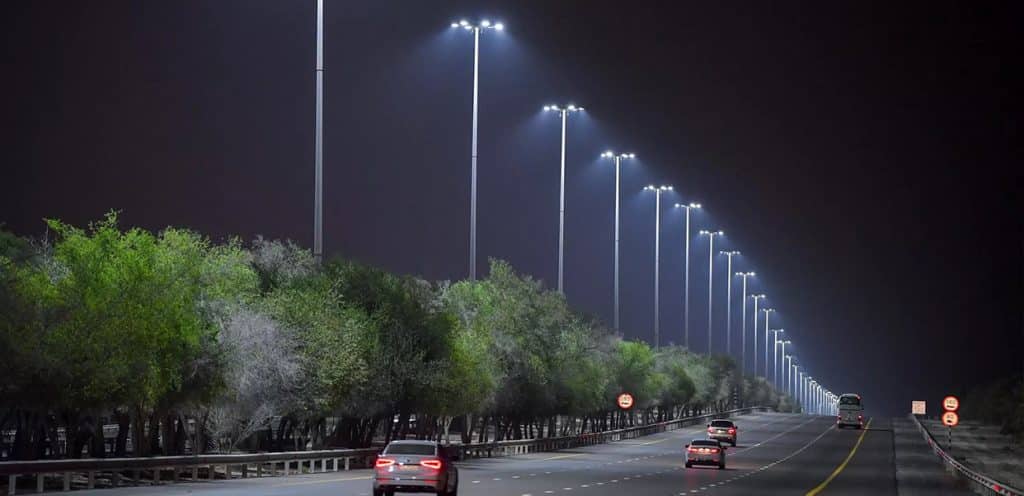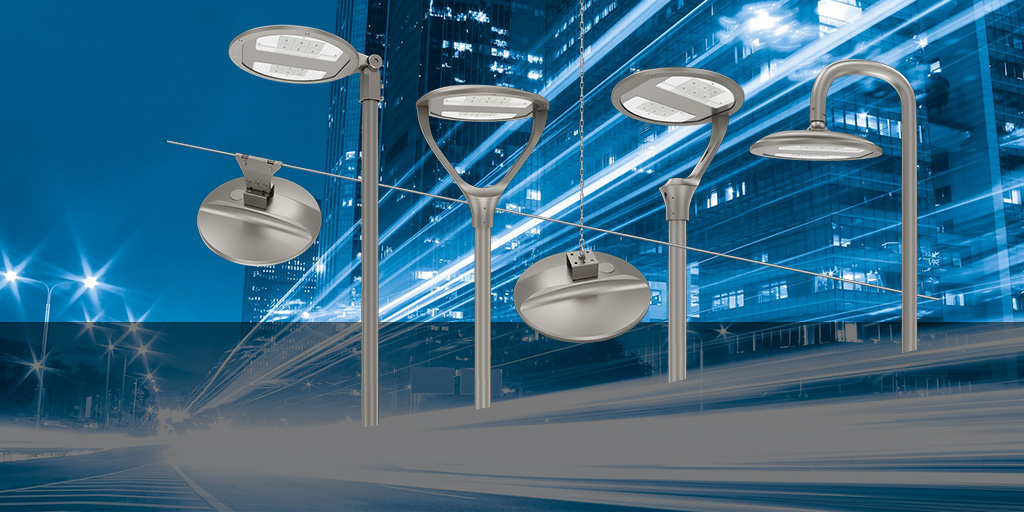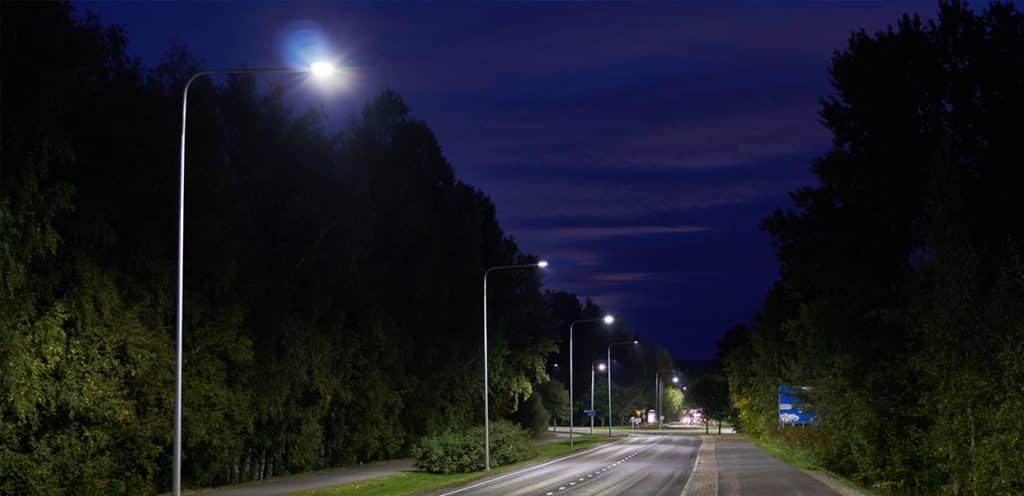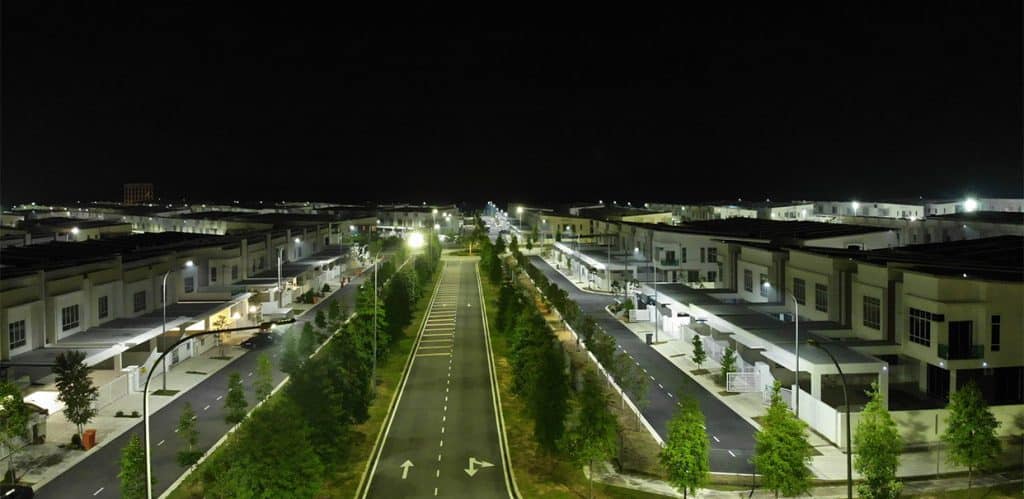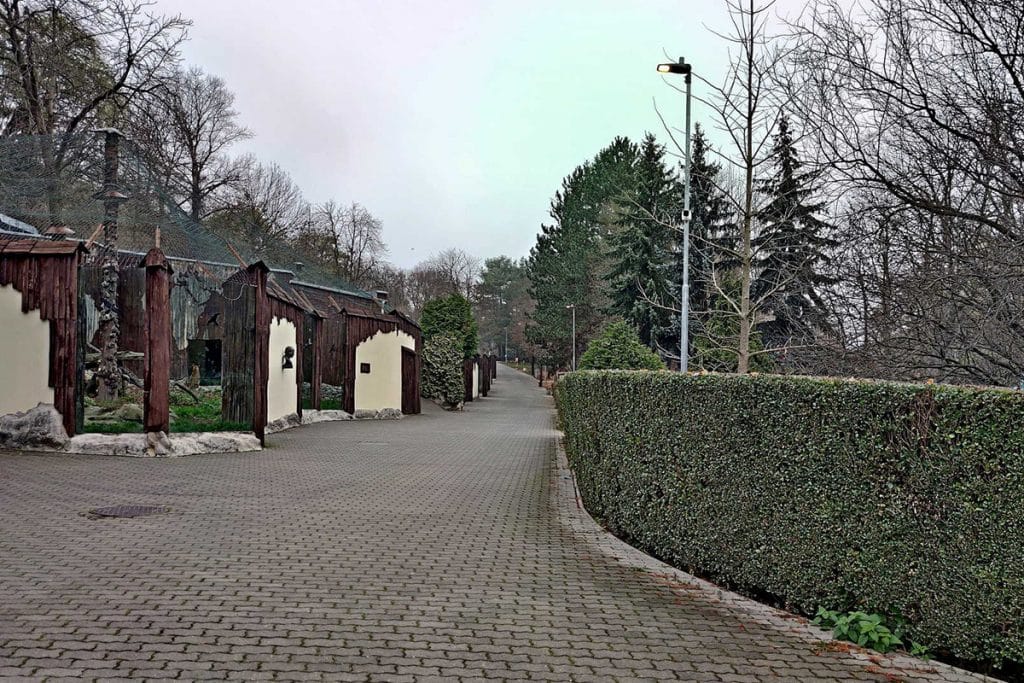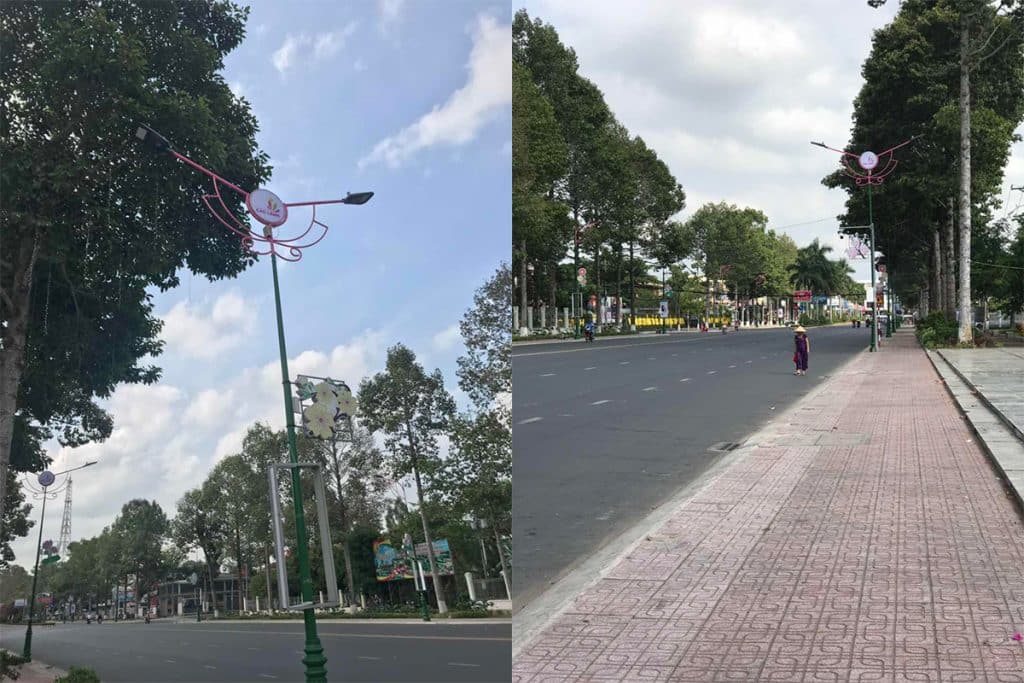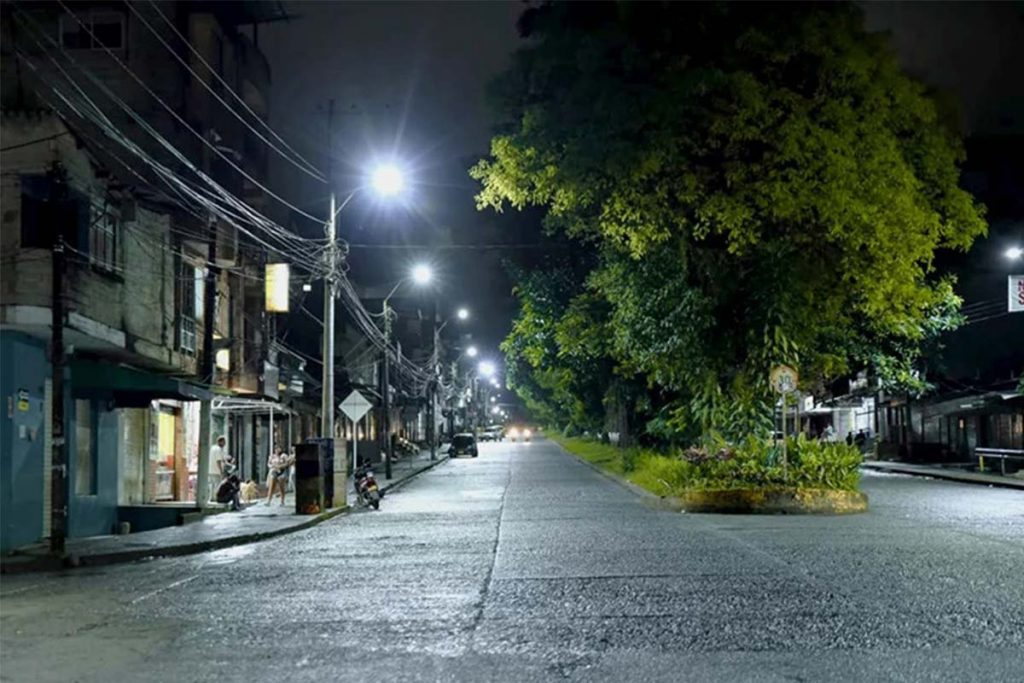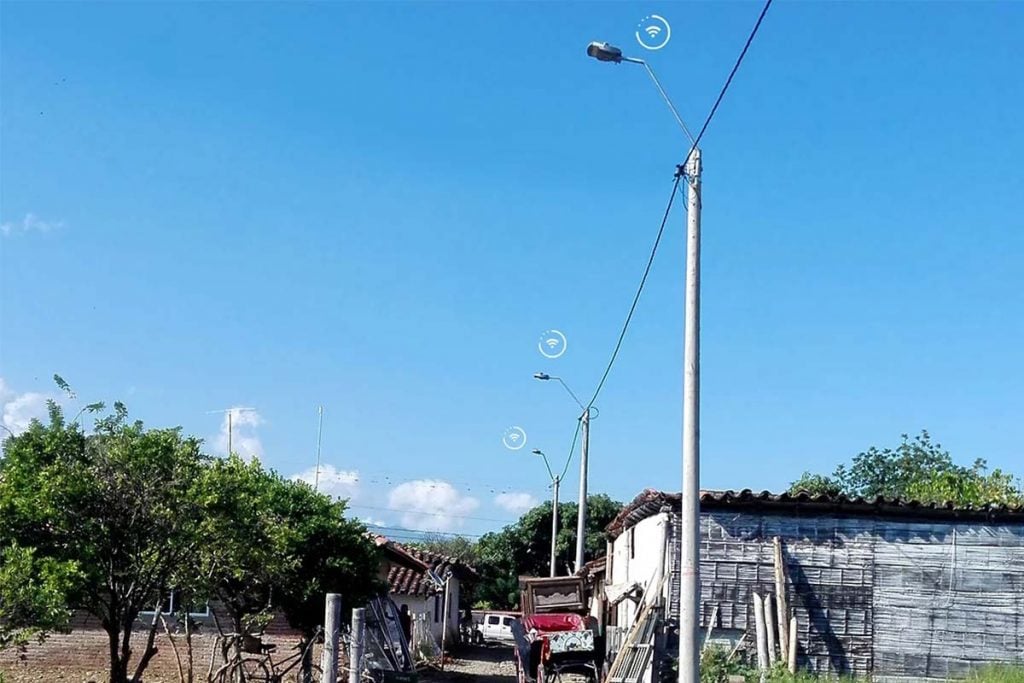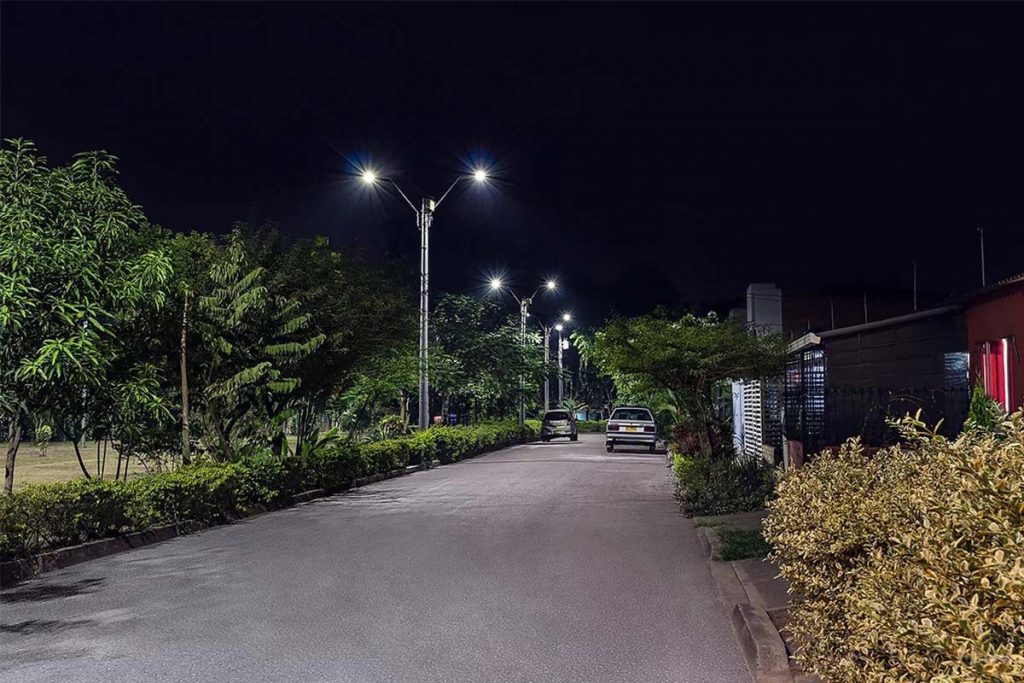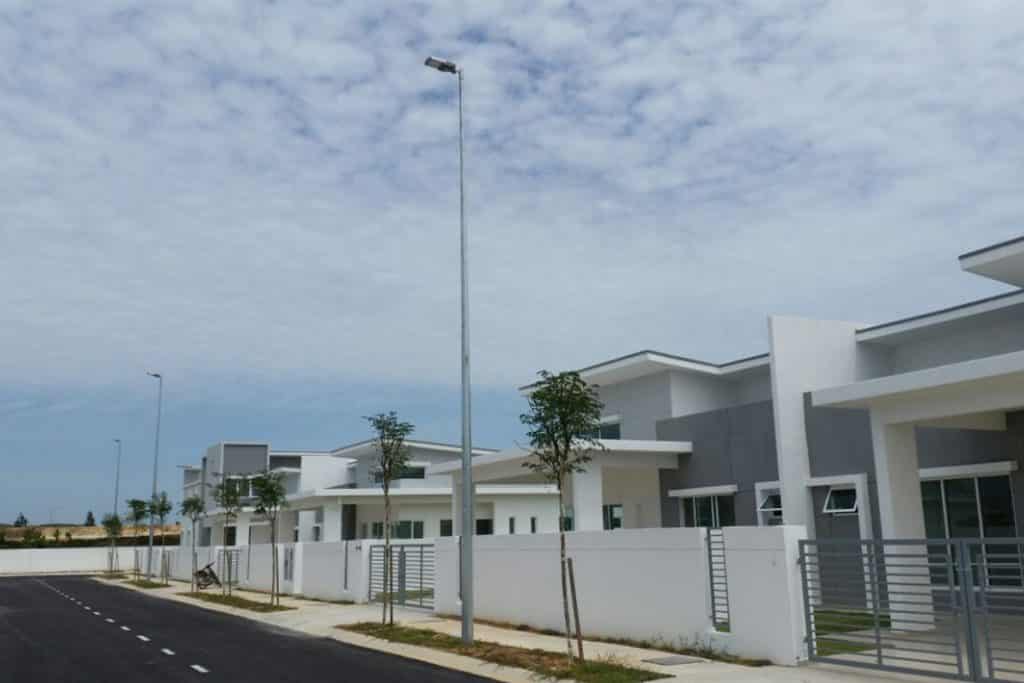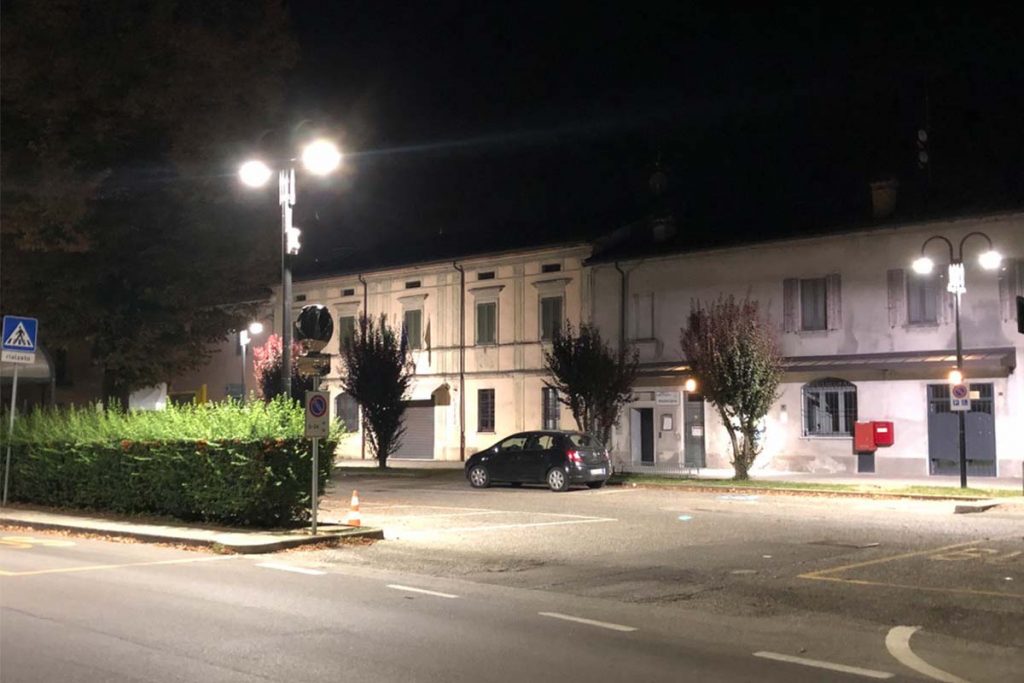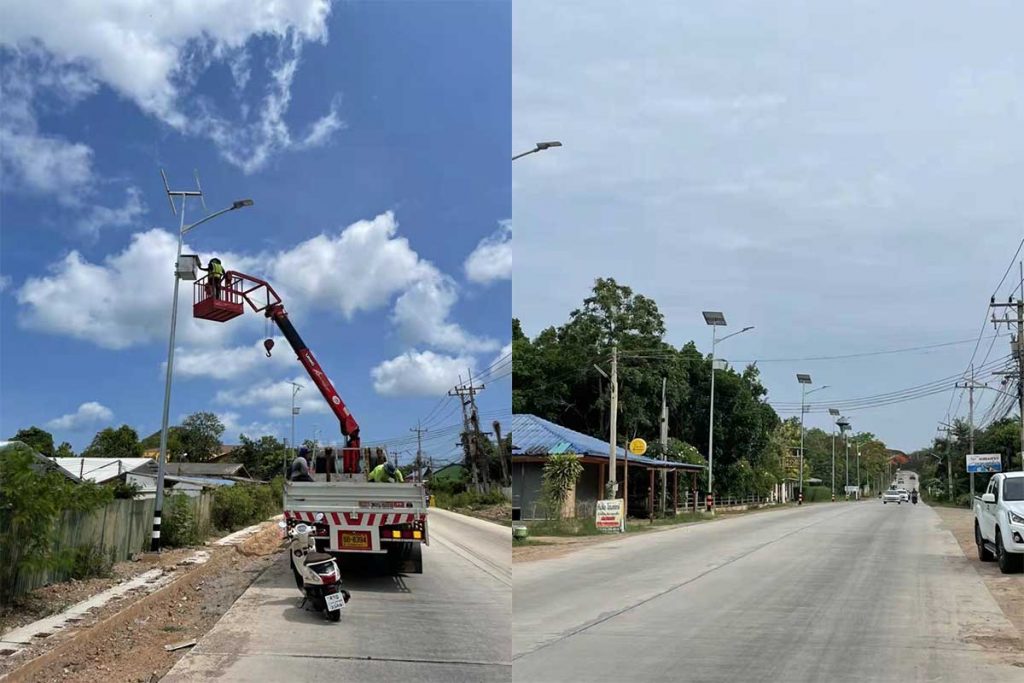Street light control – dimming interface and communication interface
Introduction
Street light control refers to the intelligent management and control of street lighting systems to improve energy efficiency, extend the life of lamps and achieve customized lighting effects. In this field you often hear dimming interface, communication interface, NEMA/Zhaga, programmed dimming, etc. Dimming interface includes dimming methods such as 1-10V, Dali, PWM, etc. It is the signal connection between the luminaire controller and the LED driver. Communication interface includes Zigbee, LoRA, NB-IoT and other communication methods. It is the signal connection between the centralized controller and the luminaire controller. NEMA and Zhaga are the physical/electrical interfaces between luminaires and luminaire controllers. This article will delve into these aspects in order to gain a more complete understanding of street light control.
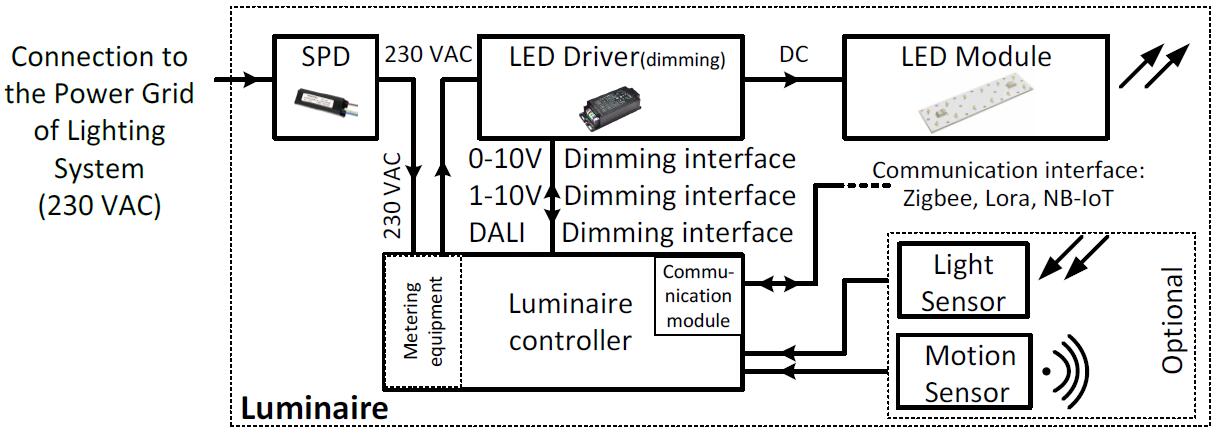
Dimming interface
Dimming is an important feature in street light control, allowing the brightness level of the fixture to be adjusted as needed. It helps save energy and adjust lighting intensity according to different time and environmental needs. The dimming interface is an important part of realizing the dimming function of lamps. It is a channel that connects the control system and the lamps. Through this channel, the control system can send dimming signals to the lamps to adjust the light brightness. 1-10V, 0-10V, PWM and DALI are common dimming signals/interfaces. Next we will explain one by one. Depending on the LED driver configuration there are several light intensity management (dimming) interfaces:
1-10V dimming interface
The 1-10V dimming interface adjusts the brightness of the light by changing the voltage. It is a common analog dimming method in which light intensity is adjusted through a 0-10V direct current (DC) signal. The dimming range is from a minimum of 10% to a maximum of 100%. When the dimming signal is 10V, the lamp outputs 100%; when the dimming signal is 0V, the lamp outputs 10%. Normally, 1V represents the minimum brightness and 10V represents the maximum brightness. But in a negative logic 1-10V system, when the output voltage value increases, the brightness of the light decreases. This means that 1V represents the maximum brightness of the lamp, while 10V represents the minimum brightness.
0- 10V dimming interface
The 0-10V dimming interface is basically the same as the 1-10V, the only difference is the brightness change of the lamp in the 0-1V voltage range. If the power supply uses a 1-10V dimming method, then even if the dimmer provides a 0-1V signal, the brightness of the lamp will only be adjusted to 10% and will not be completely turned off. On the contrary, if the power supply adopts 0-10V dimming method, when the dimmer provides a 0V signal, the LED power supply will cut off the output and the lamp will turn off.
PWM dimming interface
The PWM dimming interface is a digital dimming method that adjusts the current or voltage by changing the pulse width to control the brightness of the light. The brightness of the lamp is adjusted by changing the duty cycle of the pulse (the ratio of high level to cycle time). For example, if the duty cycle of a PWM signal is 50%, it means that the high level time (usually the time when the control signal is high) occupies half of the total cycle time, so the lamp should reach the median brightness at this time.
DALI dimming interface
DALI dimming is a digital signal interface specially developed for lighting applications. A DALI network consists of a controller and one or more lighting devices (such as ballasts, LED drivers and dimmers), which all have DALI dimming interfaces. DALI requires a pair of wires to form a bus to communicate with all devices on a single DALI network. It allows individual control of each fixture’s brightness, on/off, and other functions. In addition, the controller can monitor and control each light through bidirectional data exchange. As such, it is a flexible, two-way lighting control system that can interface with a variety of luminaires and sensors.
Communication interface
Communication interfaces enable street lights to communicate with central control systems or other devices. Among them, the lighting controller plays an important role. It can convert the communication signals given by the centralized controller into command and control signals that the lighting can understand. The communication interface facilitates data transfer between the luminaire controller and the centralized controller. Common communication interfaces include Zigbee, LoRa (Low Power Wide Area Network), NB-IoT (Narrowband Internet of Things), etc. Through these interfaces, functions such as real-time dimming, remote monitoring, centralized management, and instant fault detection can be achieved.

Zigbee communication interface
Zigbee is a low-power, short-range wireless communication technology based on the IEEE 802.15.4 standard. It is a proven reliable, efficient and cost-effective solution. In street light dimming, Zigbee can be used as a communication protocol in street light control systems, which makes it possible for people to centrally control a large number of street lights. Zigbee can realize communication and centralized control between street lights, allowing remote monitoring and dimming operations of street lights. It can also build intelligent street light systems to improve energy efficiency and management.
LoRa communication interface
LoRa is a wireless technology suitable for low-power wide area networks, which allows long-distance wireless communication. In addition, it is also suitable for the connection of IoT devices. In street light dimming, LoRa can be used as a long-distance communication solution, allowing centralized control and dimming of street lights distributed over a wide area. LoRa has a longer communication distance than Zigbee. Whether in the streets of the city, in the suburbs or in the countryside, LoRa can ensure stable communication between street lights.
NB-IoT communication interface
NB-IoT is a narrowband IoT technology specifically designed to connect large-scale IoT devices. In street light dimming, NB-IoT can be used as a communication method to connect street light control systems. It has the characteristics of low power consumption, wide coverage and high connection density, and can realize remote monitoring, management and dimming operation of street lights ( View the case study of LED street light heads. ).
NEMA and Zhaga for future update
Lamp controllers play an important role in dimming and lighting management. So, how are the lighting controllers and lighting fixtures connected? NEMA and Zhaga interfaces are two common connection standards that cover both structural and electrical connections. In many projects, we often see that lamps are required to be equipped with NEMA or Zhaga interfaces, so that they can be easily equipped with intelligent control systems in the future. Currently, NEMA is a common standard interface in American countries, while Zhaga is more common in European countries. Manufacturers of light fixture controllers typically design their controllers as per these interface standards. In this way, street lights equipped with NEMA and Zhaga interfaces can more easily carry out lighting system upgrades and intelligent control system applications. The following is relevant knowledge about NEMA and Zhaga interfaces.
NEMA interface
NEMA ( What is a NEMA enclosure? ) is the abbreviation of National Electrical Manufacturers Association, headquartered in the United States. The NEMA interface is a standard developed by the organization that defines the physical and electrical connections between light fixtures and controllers. The NEMA interface is commonly used in street light control systems in the United States, Canada, South America and some other countries. It ensures compatibility of equipment (NEMA bases and controllers) from different manufacturers. Common NEMA bases include 3pin, 5pin and 7pin NEMA bases, and control devices include light control, short-circuit caps and intelligent control units.
Zhaga interface
Zhaga interface: Zhaga is an international non-profit organization dedicated to developing and promoting standardized interfaces for LED lighting parts. In street light, the Zhaga interface helps ensure interoperability between LED modules and control devices from different suppliers, promoting the widespread application of LED technology. The Zhaga Alliance has created a series of specifications called “Zhaga Books”, Zhaga Book 18 is about smart sensors, Zhaga Books 13, 24 and 25 are about LED drivers, and Zhaga Book 2-12 etc. are about LED light source modules. These specifications aim to promote the standardization of LED light source modules, drivers and intelligent control units, involving mechanical dimensions, optical characteristics, electrical interfaces and other aspects. Their ultimate goal is to ensure the compatibility and interoperability of LED lighting products.

Pre-programmed dimming
LED power supplies generally provide a variety of dimming modes to choose from. The variety of functions depends on the type of drive. The configuration of these functions and parameters can be achieved through the dimming interface in combination with a special programmer provided by the LED driver manufacturer. For example, LED driver features include No dimming, Astronomic dimming, Constant lumen output, 1-10V dimming, Standard DALI dimming, Specific DALI dimming (Dali+Astro) and other options are available for users to choose from. These functions and parameters of the LED driver support pre-programming. The following is an introduction to each function.
Astronomic dimming
It is based on the traffic flow and complexity of the road at different times at night, setting the lamps to different powers to meet the lighting requirements at different times. For example, from 24:00 to 04:00 midnight, there are not many vehicles and pedestrians on the road. At this time, we can dim the lighting to save additional energy. For this feature to work, the LED driver needs to be pre-programmed to repeatedly execute the built-in program during the fixture’s on and off cycles.
Constant lumen output (CLO)
It is a system that compensates for the degradation of luminous flux, which avoids over-illumination at the beginning of its service life. For example, in a road lighting project with a maintenance factor of 0.8, 100W fixtures ( Please review case studies of 100w LED street light. ) may be required to meet the lighting requirements during the project life. However, if the lamp is equipped with a CLO function, then only an 80W street light is required during installation, and then the wattage of the lamp is slowly increased to offset the light attenuation of the LED. This means there is no need to increase initial power during installation to compensate for luminous losses.
0-10V and DALI dimming
We have mentioned these dimming functions in previous chapters and will not go into details here. In special cases, Constant lumen output is compatible with both 0-10V and DALI dimming. The difference is that the 0-10V dimming function cannot be used with Astronomic dimming, while the DALI dimming function can be used with Astronomic dimming. Therefore, if your street lights need to be upgraded and use intelligent control systems in the future, we recommend choosing the latter. The figure below shows the difference between the two. We can see that the power supply for DALI dimming can choose Timer (DALI), that is, DALI+Astronomic dimming.
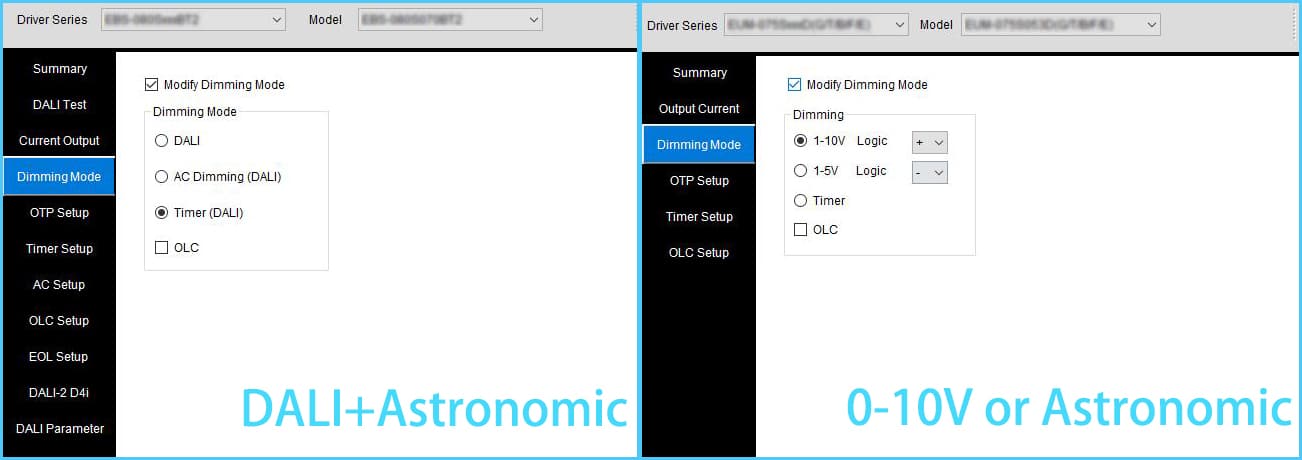
ZGSM street lights with dimming
Summary
With the development of technology, street light control is becoming more and more common in urban lighting ( Please review the video of the Urban Street Light. ). The main reason is that street light control can promote the transformation of cities into smart cities by adjusting lighting intensity, real-time monitoring and rapid maintenance. It not only reduces energy consumption and environmental impact, but also improves the safety of nighttime driving and pedestrians, and can effectively manage and maintain street lighting assets. If you are interested in intelligent control of street lights, you need to know what dimming interfaces, communication interfaces and NEMA/Zhaga interfaces are. Of course, in addition to these solutions, another option is for the lamps to be equipped with pre-programmed dimming curves and have NEMA/Zhaga ( Watch the video of the Leaf Series streetlights featuring NEMA street light controller ) interfaces. This method is very suitable for later upgrades of street lights and is an optional solution. In actual projects, due to project budget constraints, many projects do choose this solution because they firmly believe that intelligent street light control will become more popular in the future. Contact ZGSM for more information.
Related Products
Related Blogs
Related Cases
People also ask
Author introduction

Hello Customers,
My name is Taylor Gong, I’m the product manager of ZGSM Tech. I have been in the LED lights industry for more than 13 years. Good at lighting design, street light system configuration, and bidding technology support. Feel free to contact us. I’m happy to provide you with the best service and products.
Email: [email protected] | WhatsApp: +8615068758483

